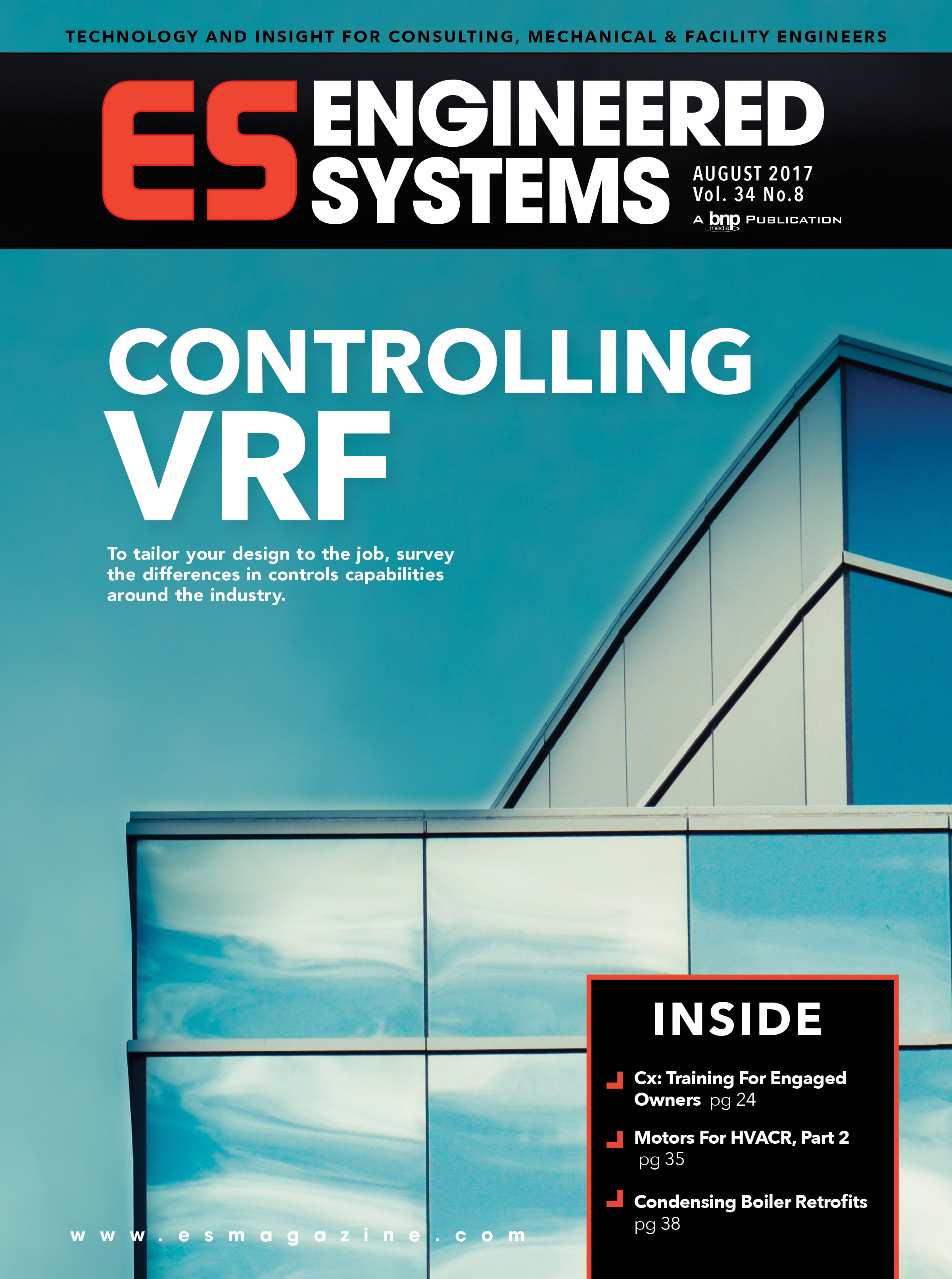If you read my January 2009 column on integrated project delivery (IPD), then you know I’m off on another business venture and so I’ve been doing a lot of reading and listening to others discuss the IPD process (e.g., AIA Integrated Project Delivery: A Guide). Interestingly, it seems to be the lawyers and the insurance firms doing much of the talking about this new project delivery system. I must admit this is a great opportunity for them in a downturn economy; they have a vested interest in the IPD method, as it brings designers and builders calling with concerns on how do each work together, share the risks, and agree not to sue each other.
I have also listened to builders and designers discuss the benefits as they see them:
- The use of BIM (building information modeling) software;
- The 3-D computer-aided drawings coordination advantage;
- The new approach to designing with the builder and the designer, working at the same table at the same time;
- The teamwork both in the office and on the site;
- The opportunity to achieve a bonus above and beyond their traditional fee if they work well together;
- A better chance of delivering the project on time and without conflicts between the two parties.
What Do I Get?
If you review the AIA document, you will read right up front the difference between traditional design-bid-build (D-B-B) and construction management-at-risk processes vs. the IPD process. The categories highlighted are 1) process; 2) risk; 3) compensation; 4) reward; 5) communication; 6) technology; and 7) agreements. If you go back and read the features of IPD again, you have to ask yourself, “What’s in it for the owner?” In my opinion, the benefits of IPD seem to be focused on the designers and builders working better together to get the job done, but is that the owner’s problem or their problem?If we aren’t careful, the IPD process will be just another project delivery method where, in this case if things go well, the owner will have paid a premium in incentives to the designer and the builder for doing their jobs. What about the long-term benefits of the building systems meeting their operating budget? What about the facility group who should have been a partner in the process, rather than business as usual when it comes to turning over the job to the building operators?
My vision and IPD game plan is to facilitate a project delivery process where the owner, designer, and builder all win. My “owner-focused” IPD game plan is being formatted. Here are a few components.
- Establish an operating budget in the initial phase of the job as part of the OPR (owner’s project requirements) for utility costs and O&M costs;
- Production of the PM workorders in sync with the asset database (formally the shop drawing submittal phase);
- Implementation of a bar coding labeling system in lieu of those 20th-century brass tags and plastic labels;
- System training for the building operators early in the IPD process;
- Use of other “smart software” (programs with multiple applications) during the design and construction and continued use of these programs by the owner’s personnel in the years following the project completion;
- The implementation of building system monitoring, measuring, and benchmarking process in the performance phase (formally the warranty phase);
- The seamless integration of automatic controls system design with building system commissioning (HVAC, electric, plumbing, security, etc.);
- The integration of third-party TAB with the designer, similar to the designer and trade contractors working together with BIM.
A Culture Change
I’m also abandoning the traditional schematic, design development, and contract document phases, along with the construction and warranty phases that the AIA-IPD guide still embraces. We need to make a culture change with IPD that includes the specific project delivery phases. Based on my years of experience in several building industry categories, I know all of this is doable because I’ve been applying these benefits wherever possible on D-B and joint venture projects. I’m confident that IPD is applicable for those who follow the AIA format as well as design-builders, performance contracting, and joint venture projects where the owner is willing to participate as an integral member of my IPD facilitator approach.The key to the IPD process is not through lawyers and insurance agencies navigating the course to building program success. The key to building program success is through the owners demanding more from their IPD team and everyone on the team putting the owner first because they know that if the owner wins, they win. I’m building an IPD website with my new venture, where I hope to share ideas with those keenly interesting in applying the IPD process with the client in mind. Want to learn more about IPD? Follow along and share you IPD experience with me at www.integratedprojectdeliveryfacilitator.com as I build the process. ES



